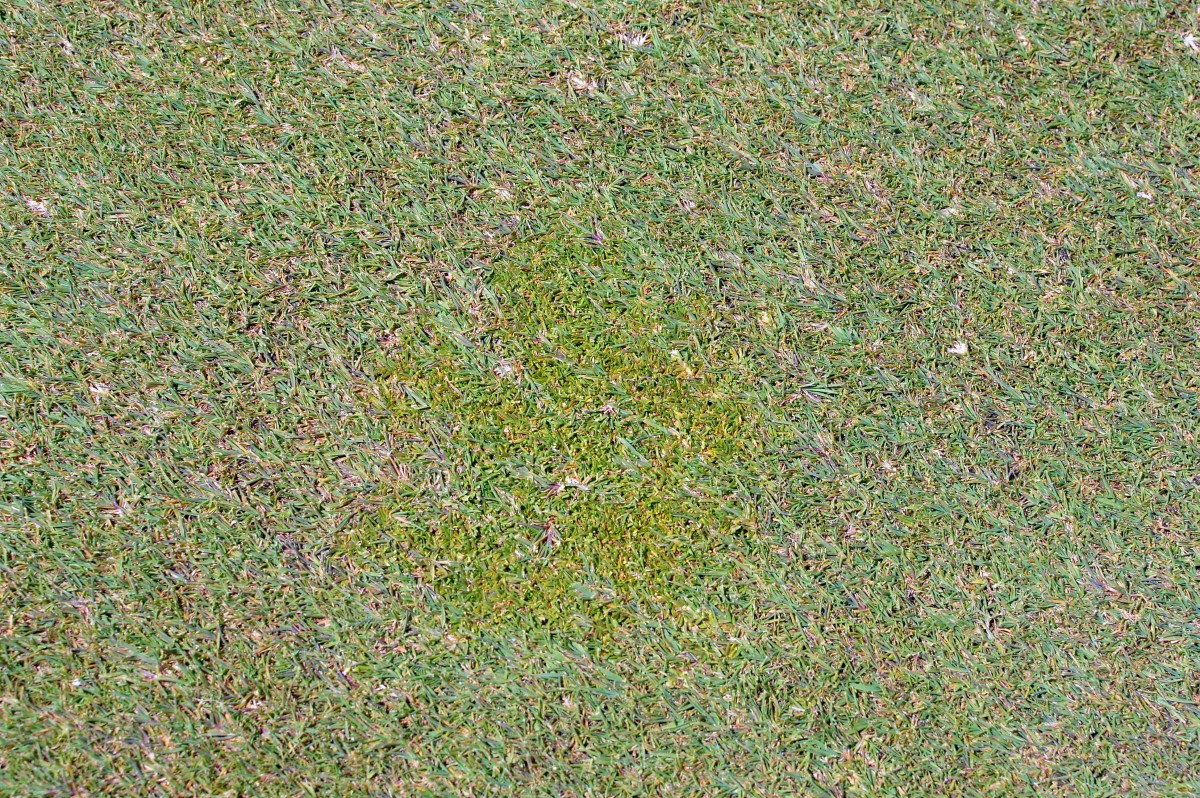I completely forgot a few great articles when I put together this list of articles that are specifically not about turfgrass.
One of those I forgot is Evidence for the existence of three primary strategies in plants and its relevance to ecological and evolutionary theory. That’s an article by J.P. Grime in which he describes the CSR theory of plant strategies. C is for the competitive strategy. S is for the stress-tolerant strategy. R is for the ruderal strategy.
Ruderal means, from the Oxford English Dictionary, “growing on waste ground or among rubbish, especially as a pioneer; also designating a habitat of this type.” This is disturbed ground and then the plants that first grow in that ground. Like Poa annua.
Anyway, Grime’s article about this is easy reading and it is relevant to many things related to turf management. At a seminar in the Philippines last year, I showed Table 1 from that article in this slide. I was explaining that stress-tolerant plants grow better in shade, and that a characteristic of stress-tolerant plants is a slow growth rate.
Using a plant growth regulator is a way to move a plant closer to a stress-tolerant strategy and that can allow the plant to perform much better in shade than it otherwise would.
You’ll be familiar with the CSR theory if you followed the series of Disturbance Theory articles by Bechelet and Windows in the early 2000s.
Grime defines competition as “the tendency of neighboring plants to utilize the same quantum of light, ion of a mineral nutrient, molecule of water, or volume of space.” Because Poa annua is an archetypical Ruderal, and creeping bentgrass could be classified as having a C (competitive) or C-R (competitive-ruderal) strategy, I think it is interesting to consider how the environment of a turfgrass sward might be managed to favor the competitor over the ruderal.
 Creeping bentgrass growing over and through annual bluegrass on a putting green at PGA Catalunya in Girona. This green was managed to favor the competitive strategy plants rather than the ruderal strategy plants.
Creeping bentgrass growing over and through annual bluegrass on a putting green at PGA Catalunya in Girona. This green was managed to favor the competitive strategy plants rather than the ruderal strategy plants.
This is something I’ve talked about a lot with turfgrass managers around the world and look forward to discussing further. If you are at all insterested in this, I think the article by Grime will be fascinating. And I also think it is fascinating that in conditions of high intensity of disturbance, and in conditions of high intensity of stress, there is no viable strategy for plants. That combination just happens to describe golf course putting greens or a lot of other intensively maintained turfgrass areas, and it shows just how on the edge turfgrass swards can be.